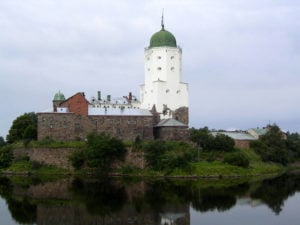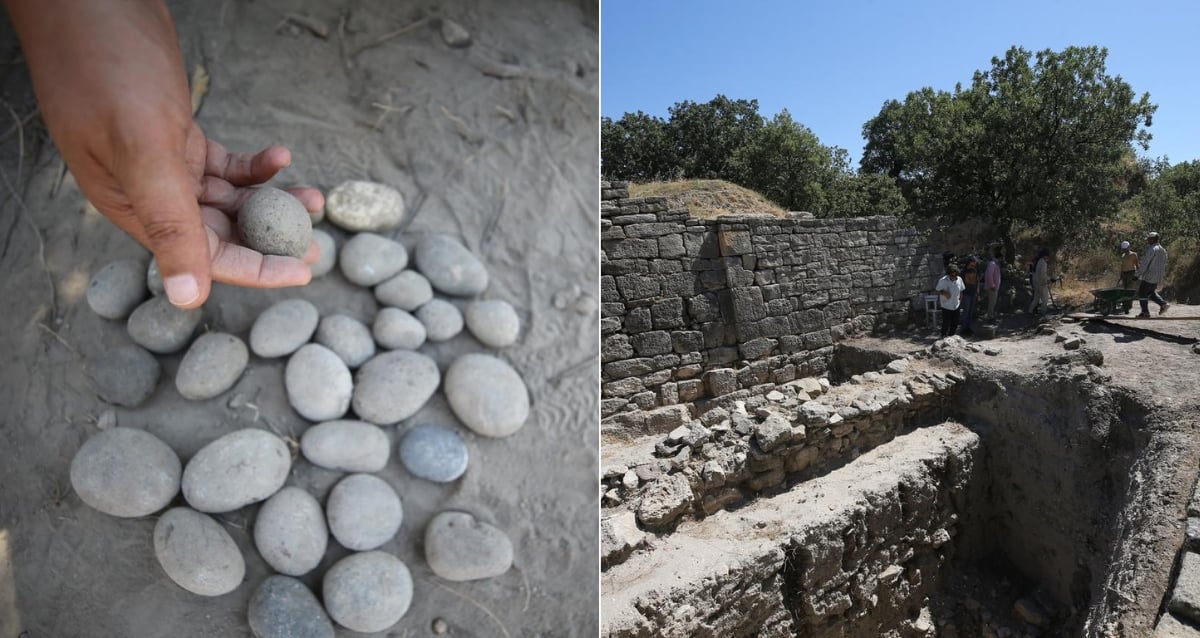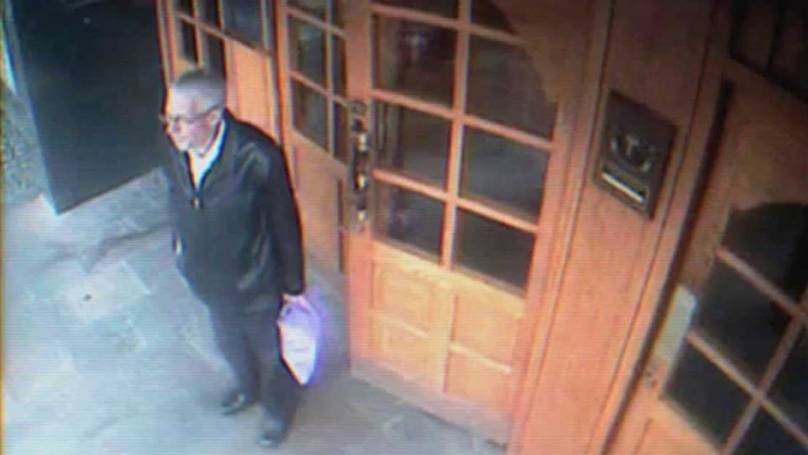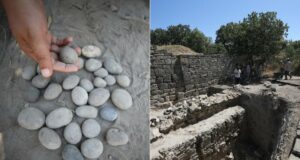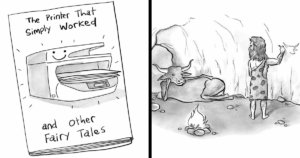“Unveiling the Past: Mysterious Medieval Board Game Found in Hidden Chamber of Ancient Russian Castle”
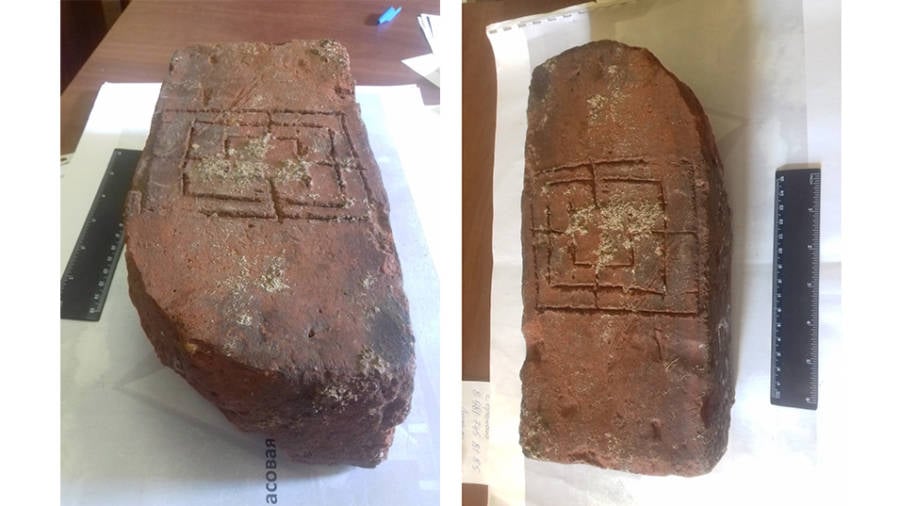
Vyborg MuseumThe board game is displayed here, etched into a clay brick.
The board game is carved into a clay brick. Tsoi feels that the game is likely an early version of Nine Men’s Morris, a strategy game not unlike checkers or chess. The game is also known as “mill” and “cowboy checkers”.
The two-player game requires that participants claim each other’s pieces, called “men” like one would in a game of chess or checkers. A player does this by trying to build a “mill” — a row of three men — on the gridded board. When a player succeeds in doing this, they are awarded one of his opponents’ pieces. A player loses once they are down to only two men, as they’re unable to form mills with just two pieces.
The standard version of the game has each player start with nine men but other versions have them start with as little as three, and some with as many as 12 men.
According to Newsweek, this game has been played by humans for centuries. Versions of it have been discovered all across the globe, including in India, China, and what was once the Roman Empire.
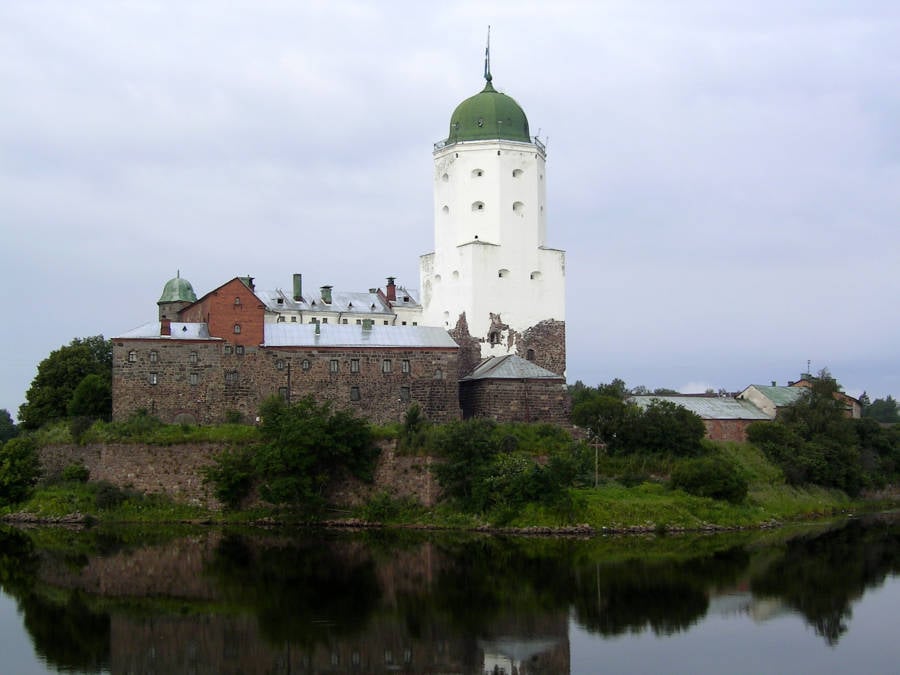
Wikimedia CommonsThe Vyborg Castle sits on a small island, adjacent to the city of Vyborg in northwestern Russia.
The secret chamber within the Vyborg Castle where the board game was found has been written about in historical documents which date back to the 16th century. In those documents, the chamber is said to possess a staircase which leads to the shore of the strait. It is also speculated that the passageway may lead all the way to the city of Vyborg, although this theory has yet to be proven by experts.
